Rethinking LeetCode Practice
For many aspiring software engineers, LeetCode has become synonymous with technical interview preparation. Yet, it's common to tackle dozens or even hundreds of problems and still feel unprepared when faced with actual interviews. If you find yourself consistently falling short of optimal solutions or running out of time, the issue may not be the number of problems you complete, but the way you approach practice itself.
The Pitfalls of Unstructured Practice
Jumping from one problem to the next without a clear strategy can be like training at the gym with poor technique. You might work hard, but improvements happen slowly, if at all. Many candidates focus either on quantity—speed-solving as many problems as possible—or on memorizing question patterns from popular lists. Both strategies tend to emphasize short-term gains over real skill building.
A Six-Step System for Effective Preparation
To move beyond rote memorization and truly prepare for technical interviews, adopt a structured method every time you practice coding problems. The following six steps form a repeatable process that builds critical thinking and communication skills—qualities that most interviewers prize above quick recall of solutions.
-
Understand the Problem Thoroughly
- Start by clarifying inputs, expected outputs, and problem constraints.
- Confirm your understanding by rephrasing the requirements in your own words.
- Identify edge cases and potential pitfalls early.
-
Generate Test Cases
- Before coding, write a variety of sample inputs, including normal and boundary cases.
- Predict expected results to ensure you comprehend the question and are not making faulty assumptions.
-
Discuss Approaches
- Brainstorm different strategies, from brute-force to optimized solutions.
- Evaluate trade-offs in time and space complexity for each approach.
- Explain your thinking either to a peer or aloud, simulating a real interview scenario.
-
Pick and Plan Your Solution
- Choose the approach that best balances efficiency and clarity.
- Draft high-level pseudocode to organize your thoughts before diving into the implementation.
-
Implement the Solution
- Convert your pseudocode into working code.
- Work carefully to minimize syntax errors and unnecessary rewrites.
-
Test and Refine
- Run your code on all test cases, including edge scenarios.
- Optimize the solution if you spot bottlenecks or inefficiencies.
- Reflect on errors to prevent repeating them in future problems.

Practice With a Partner for Real-World Results
One of the most underrated ways to simulate interview pressure is to work through problems with a study buddy. Alternate roles as candidate and interviewer. Take turns explaining your reasoning, asking clarifying questions, and providing constructive feedback. This process not only reinforces your technical abilities but also hones your communication skills—critical for technical interviews.
Track Your Progress With a Journal
Keeping a daily or weekly log of your practice sessions can reveal areas for improvement that are easy to overlook. Each time you attempt a new problem, note:
- The problem and solution approaches you considered
- The outcome (solved alone, partial, or needed hints)
- Common mistakes and what you learned
- Time taken and points to review
This self-reflection builds awareness of patterns in your thinking, such as recurring errors or types of problems that consistently stump you.
Sustainable Preparation Beats Blitzing
Instead of cramming as many problems as possible in short bursts, make consistent, structured practice part of your weekly routine. Your goal is to deepen problem-solving intuition and adaptability, not merely to memorize solution templates.
| Unstructured Practice | Structured, Six-Step Practice |
|---|---|
| Solve problems quickly, move to next | Deliberate focus on understanding and strategy |
| Memorize solutions or patterns | Learn to generate and justify multiple approaches |
| Miss underlying weaknesses | Journal reveals growth areas and progress |
| Improvement stalls after initial gains | Skills deepen over time; better prepared for surprises |
Conclusion
The real value of practice is not merely repetition, but deliberate improvement. By methodically working through each problem and reflecting on your process, you’ll find yourself growing more confident, agile, and prepared for whatever challenges technical interviews may throw your way.